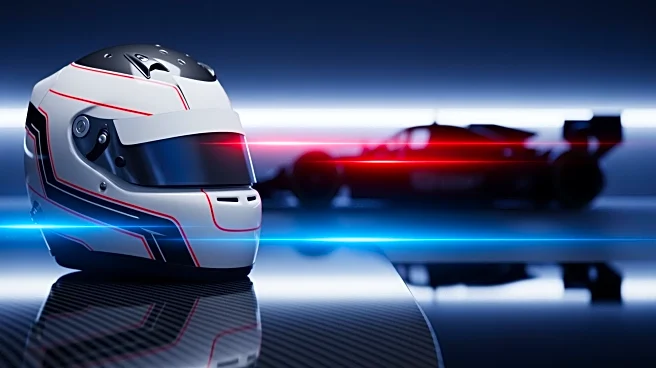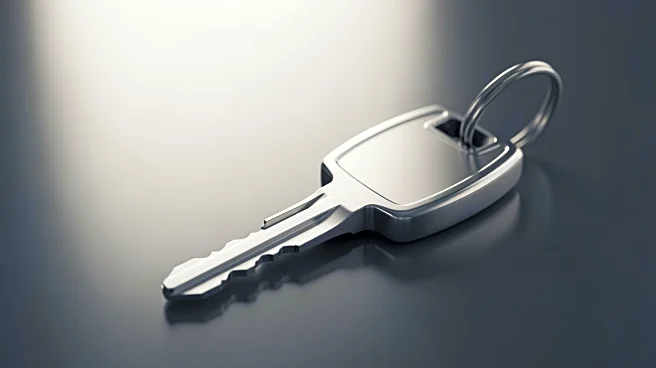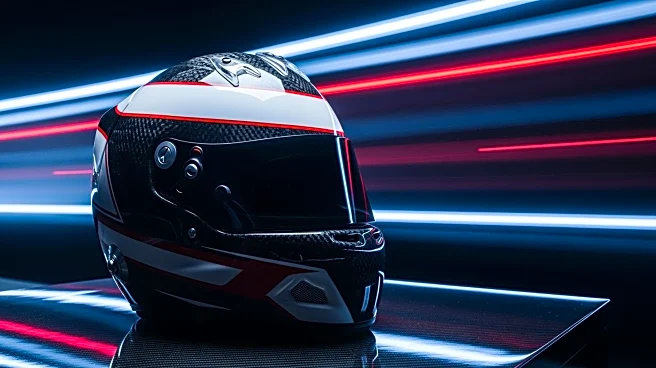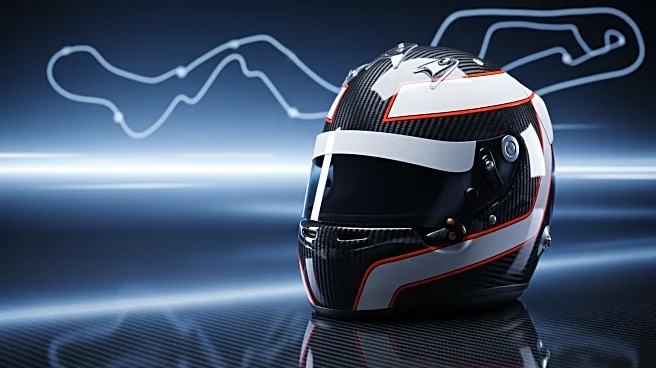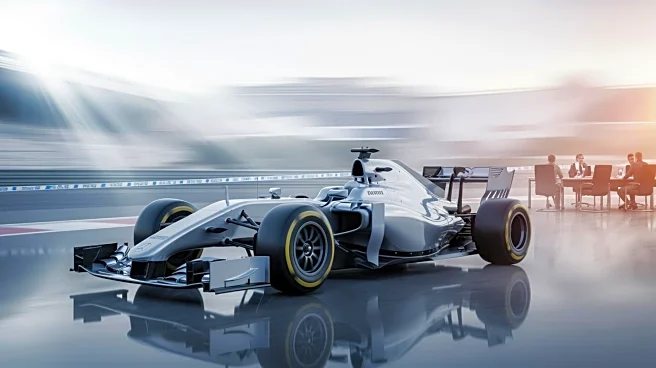What's Happening?
The Formula 1 Commission has decided against implementing a rule that would require two mandatory pit stops during races starting in the 2026 season. During a recent meeting, the commission discussed various technical amendments for the future rulebook,
including changes to car livery regulations. The new livery rules will require that at least 55 percent of a car's surface be covered in paint or vinyl to reduce exposed carbon fiber and improve car recognition on track. Additionally, the commission supported clarifying rules regarding driver-number assignments, allowing drivers to change their debut numbers, though specifics are yet to be determined.
Why It's Important?
The decision to reject mandatory pit stops is significant for teams and drivers as it maintains strategic flexibility during races. Mandatory pit stops could have altered race strategies, potentially impacting the competitive dynamics of the sport. The new livery regulations aim to enhance the visual appeal and recognition of cars, which could improve fan engagement and sponsorship opportunities. Clarifying driver-number rules may offer drivers more personal branding opportunities, impacting their marketability and fan connection.
What's Next?
Teams will need to adapt to the new livery requirements by 2026, which may involve redesigning car aesthetics to comply with the regulations. The commission's decision not to mandate pit stops means teams will continue to develop race strategies based on current rules. Further discussions are expected to finalize the implementation details of driver-number changes, which could influence team and driver branding strategies.
Beyond the Headlines
The rejection of mandatory pit stops reflects the commission's preference for maintaining traditional race strategies, which could be seen as preserving the sport's heritage. The livery changes may also influence the design and manufacturing processes within teams, potentially leading to innovations in car aesthetics and materials used.


